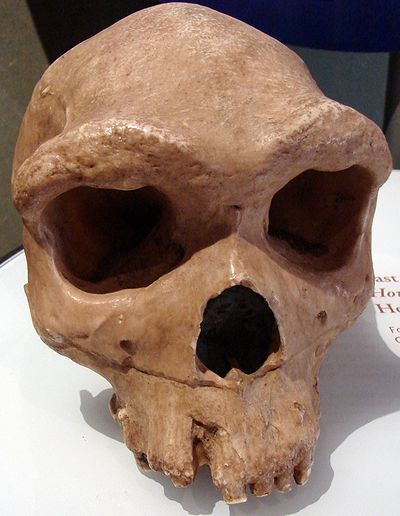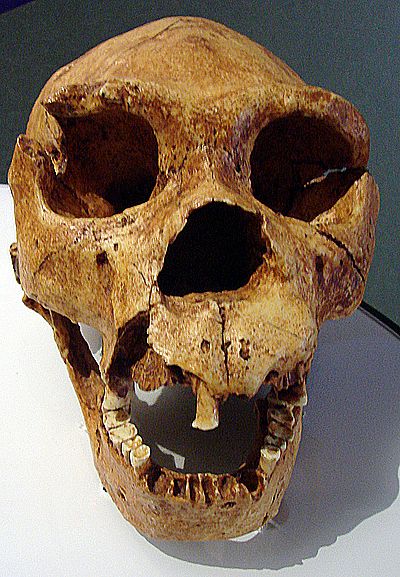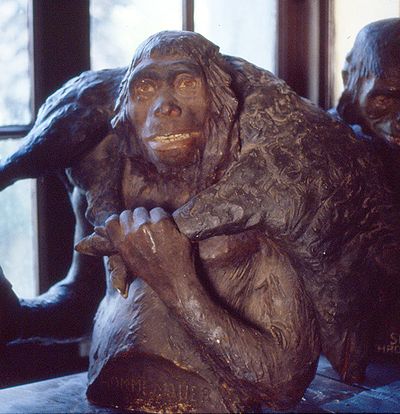
"Rhodesian Man" Fossil
(San Diego Museum of Man)
|
Go to Essential Fossils index. Go to site main page. Open Fossils Glossary, Charts. |
Content created 2010-10-05 File last modified: Go back to H. erectus. Go ahead to H. neanderthalensis, >Denisovans, H. sapiens. |


